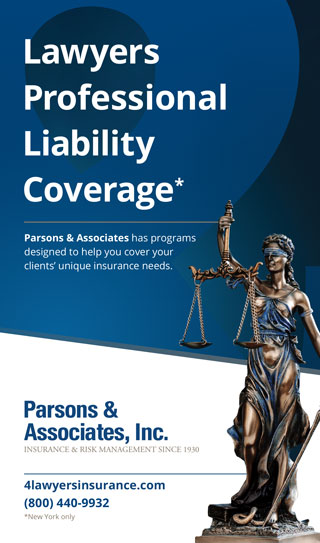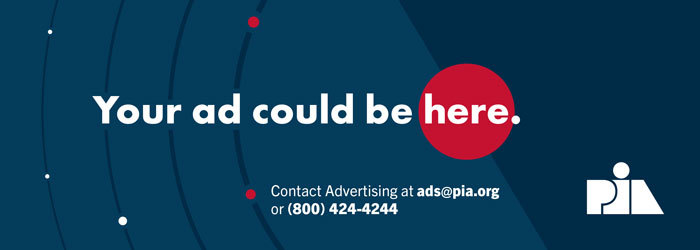A bill (S.8127) that would simplify the process for placing business in the excess-lines marketplace passed the state Senate (62-1) yesterday.
The legislation—sponsored by Sen. Neil D. Breslin, D-44—would reduce excessive reporting requirements. Currently, before placing business in the excess-lines marketplace, a retail insurance broker must receive three declinations from admitted lines carriers. The current affidavit forms are unduly complex, burdensome and time-consuming to complete.
To demonstrate that the requisite due-diligence has been done, right now brokers must collect three separate affidavits that contain:
- the insurer’s name,
- the National Association of Insurance Commissioners number,
- the reason the broker believes the licensed insurer would consider underwriting the risk,
- the name of the insurer representative who declined the risk and his or her affiliation with the insurer, and
- the date and reason the risk was declined.
This legislation would greatly simplify the placement process by reducing the number of required data points from the seven above, to three data points. Specifically, brokers would be required to include only:
- the insurer name,
- the NAIC number and
- the reason the broker believed the licensed insurer would consider underwriting the risk.
These changes not only simplify the process, but more accurately reflect how brokers obtain declinations in the 21st century. When initially required, insurance producers spoke directly to representatives of the company to obtain policy information and quotes. Today, many carriers utilize online quoting portals that make it very easy for a producer to find policies in the admitted market.
Online portals allow producers to review the available coverages and to quote the policy to their clients without speaking directly to a company representative. The portals do not offer information, such as the name of the insurer representative who declined the risk and his or her affiliation with the insurer.
The common-sense changes in S.8127 would modernize the excess-lines placement process without sacrificing consumer protections.

Bradford J. Lachut, Esq.
Bradford J. Lachut, Esq., joined PIA as government affairs counsel for the Government & Industry Affairs Department in 2012 and then, after a four-month leave, he returned to the association in 2018 as director of government & industry affairs responsible for all legal, government relations and insurance industry liaison programs for the five state associations. Prior to PIA, Brad worked as an attorney for Steven J. Baum PC, in Amherst, and as an associate attorney for the law office of James Morris in Buffalo. He also spent time serving as senior manager of government affairs as the Buffalo Niagara Partnership, a chamber of commerce serving the Buffalo, N.Y., region, his hometown. He received his juris doctorate from Buffalo Law School and his Bachelor of Science degree in Government and Politics from Utica College, Utica, N.Y. Brad is an active Mason and Shriner.






